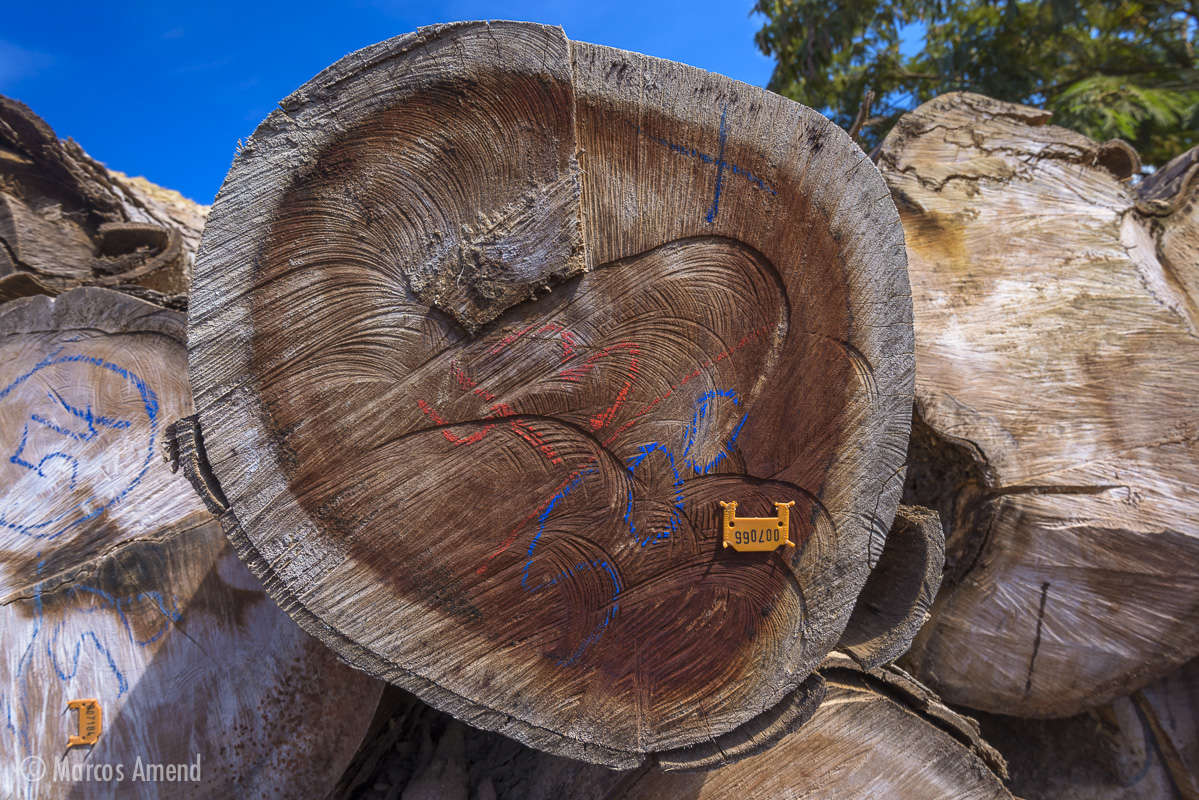Even though it has seen a substantial decline in the past decades, the timber industry remains a significant actor on the Amazon landscape—estimated to have generated a gross value of approximately US$ 1.98 billion in 2012—and potentially an important component of sustainable future for the region. Determining ecologically sustainable harvest is therefore necessary in developing appropriate forest management and conservation strategies, despite significant challenges.
We developed SimMadeira+, a partial equilibrium dynamic spatial simulation model of the Amazon timber industry, to estimate the economic returns to sustainable logging for any location in the Brazilian Amazon. In simulating the future of the industry, SimMadeira+ forecasts industrial capacity, calculates a residual stumpage value on forested lands, an annual harvest volume and value, and potential tax revenues. In SimMadeira+, Reduced Impact Logging (RIL), an indicator of sustainable timber management, is represented in a simplified manner through rules of maximum harvest intensity, adoption of forest management units, annual cutting areas, protection of areas against re-entry during the harvest cycle, and exclusion of harvesting in indigenous lands and other protected areas others than national and state forests.
Amazon forests hold a stock of approximately 5.3 billion m3 of commercial roundwood at an average of 15 m3/ha. However, given land use zoning constraints and the current and foreseeable investments in infrastructure and milling capacity, only a small fraction of the forest is profitable. Where profitable, our results show that the Equivalent Annual Annuity (EAA) for sustainable timber production averages US$ 21±1.3 ha/year but can reach US$ 50±5 ha/year near milling centers.

